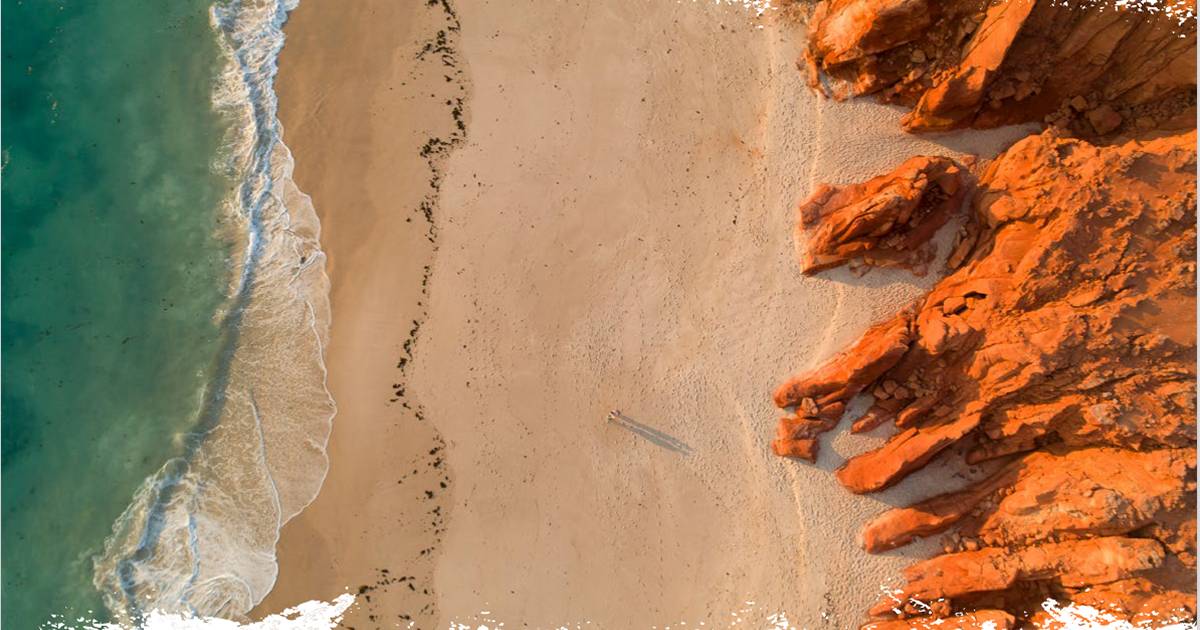
A McGowan government program encouraging regional local governments in Western Australia to partner up on addressing climate change and reducing greenhouse gas emissions has kicked off.
The $500,000 Regional Climate Alliance pilot program, part of the Western Australian Climate Policy released in November last year, supports action on climate change, energy and sustainability through regional partnerships.
Overseen by the Department of Water and Environmental Regulation and Department of Local Government, Sport and Cultural Industries in partnership with the Western Australian Local Government Association (WALGA), the initiative invited non-metropolitan councils to team up and submit applications for funding.
WA’s Environment and Climate Action Minister Amber-Jade Sanderson said the Regional Climate Alliance initiative will enable local government to achieve important environmental innovations that would not otherwise be possible.
There were 8 applications collectively representing a total of 51 regional local governments across the State for the pilot – a pretty good showing given there were 103 non-metro local governments eligible.
From those eight applications, two have been selected.
One is the South Coast Alliance (SCA), which is comprised of:
- City of Albany
- Shire of Denmark
- Shire of Jerramungup
- Shire of Plantagenet
The SCA will be engaging in projects reducing emissions from fleet vehicles and waste, plus initiatives to improve bushfire preparedness and management.
The other alliance to score a guernsey is the Goldfields Voluntary Regional Organisation of Councils (GVROC). Covering a huge area of more than 955,276 km2, the GVROC represents:
- City of Kalgoorlie-Boulder
- Shire of Coolgardie
- Shire of Dundas
- Shire of Esperance
- Shire of Laverton
- Shire of Leonora
- Shire of Menzies
- Shire of Ngaanyatjarraku
- Shire of Wiluna.
The GVROC will make headway in projects reducing increased risk of bushfires, mitigate the impacts of drought and boost uptake of renewable energy and energy efficiency solutions.
Just in terms of renewable energy, the GVROC already has some runs up on the board. For example, it secured a grant for Shire of Esperance for a 60kW solar power and 40kWh battery system back in 2016.
The two Alliances will have access to $210,000 each financial year between 2021-23.
“The strong response to this initiative demonstrates how concerned local governments are about the effects of climate change in their regions and how they are trying to find solutions,” said WA Local Government Minister John Carey. “The submissions received were very strong and it’s fantastic to see the willingness of local governments to collaborate to achieve successful climate action to benefit their communities.”
Australia’s local governments have proven to be lifters, not leaners, on climate change action. They’ve certainly done a lot to raise awareness of the emissions and energy cost reduction benefits of solar power within their communities; leading by example through installing systems on their own assets, coordinating solar buyers groups and hosting information sessions.
As this program is a pilot, there may be support for other Regional Climate Alliances down the track.
Another option for councils across Australia to explore in terms of teaming up on climate change is the Climate Council’s Cities Power Partnership, which provides local government “the tools, the connections and the momentum to take meaningful action on climate”. More than 140 local governments have signed on as Power Partners.

 RSS - Posts
RSS - Posts



Speak Your Mind